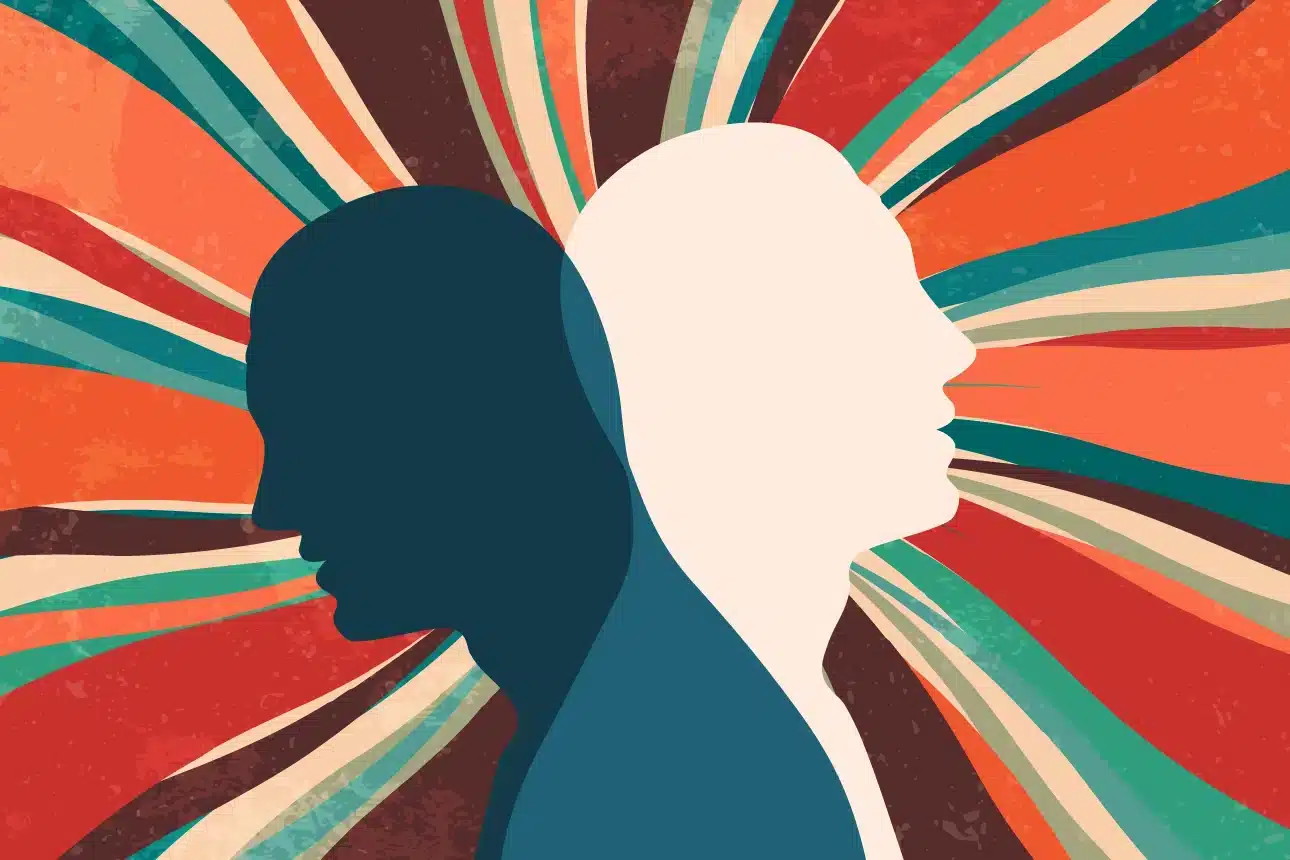Abstract
In encountering the question of Iranian identity form my early childhood years to the present, I have been drawn to, struggled with, and ultimately abandoned both the “romantic Achaemenid nationalist” and the “critical modernist” approaches to fundamental aspects of Iranian culture. Instead, I have proposed a “historicizing” perspective that makes a clear distinction between Iranian identity (iraniyat) as a historical entity, on the one hand, and, on the other, “Iranian national identity” as a modern construct that cannot not be applied retrospectively to the historical past. This approach acknowledges the rise of “civic nations” as a product of modernity, but rejects the disjuncture between a people’s history and their contemporary cultural identity. In the case of Iran, I have argued that, while modern conceptions of “Iranian national identity” were subjectively and retrospectively constructed from ancient myths, symbols, and collective memories, they are in fact re-constructions of historical identities that are based on verifiable ethnolinguistic and territorial ties.


